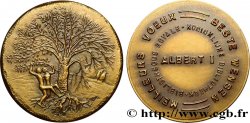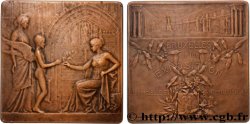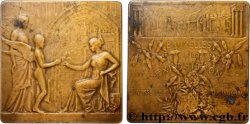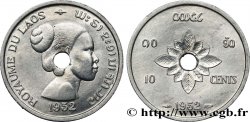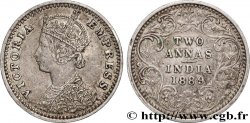fme_374072 - BELGIEN - KÖNIGREICH BELGIEN - ALBERT I. Plaquette de l’Exposition Universelle
Nicht verfügbar.
Artikel auf unserem Online-Shop verkauft (2020)
Preis : 190.00 €
Artikel auf unserem Online-Shop verkauft (2020)
Preis : 190.00 €
Type : Plaquette de l’Exposition Universelle
Datum: 1913
Name der Münzstätte / Stadt : Belgique, Gand
Metall : Bronze
Durchmesser : 80 mm
Stempelstellung : 12 h.
Graveur GREGOIRE René (1871-1945)
Gewicht : 129 g.
Rand lisse + triangle BRONZE
Punze : Triangle BRONZE
Kommentare zum Erhaltungszustand:
Superbe plaquette, avec de très beaux motifs. Patine homogène avec une très belle teinte
Vorderseite
Titulatur der Vorderseite SECTION FINANCIÈRE / EXPOSITION UNIVERSELLE / ET / INTERNATIONALE / DE / GAND / 1913 // COMITÉ FRANÇAIS DES EXPOSITIONS À L’ÉTRANGER.
Beschreibung Vorderseite Putti assis à droite, confectionnant une couronne de fleurs.
Rückseite
Titulatur der Rückseite ANÉPIGRAPHE.
Beschreibung Rückseite Cavalier brandissant une bannière avec GAND 1913, conduit par une femme tenant des palmes.
Kommentare
Le phénomène des expositions universelles a connu une longue genèse, mais apparaît officiellement en 1851 à Londres avec la Great Exhibition of the Works of Industry of All Nations. Celle-ci fut la première d’une longue série qui se développa jusqu’à la Première Guerre mondiale et devint ensuite une formule de réussite internationale. Avant 1913, Anvers, Bruxelles et Liège avaient déjà pris le rôle de ville hôte. Du 26 avril au 3 novembre ce fut au tour de la ville de Gand d’accueillir le monde..







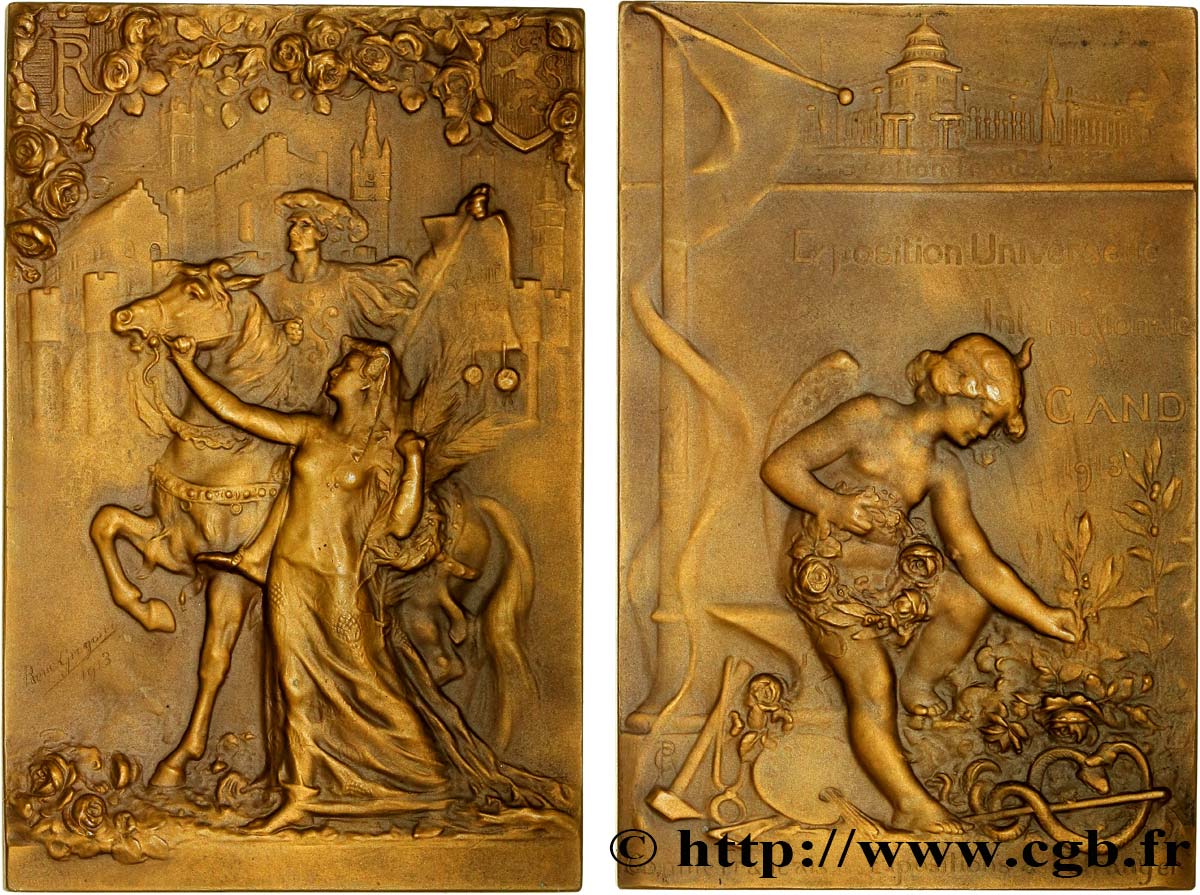
 Berichten über einen Fehler
Berichten über einen Fehler Die Seite drucken
Die Seite drucken Teilen meiner Auswahl
Teilen meiner Auswahl Stellen Sie eine Frage
Stellen Sie eine Frage Einlieferung/Verkauf
Einlieferung/Verkauf
 Details
Details